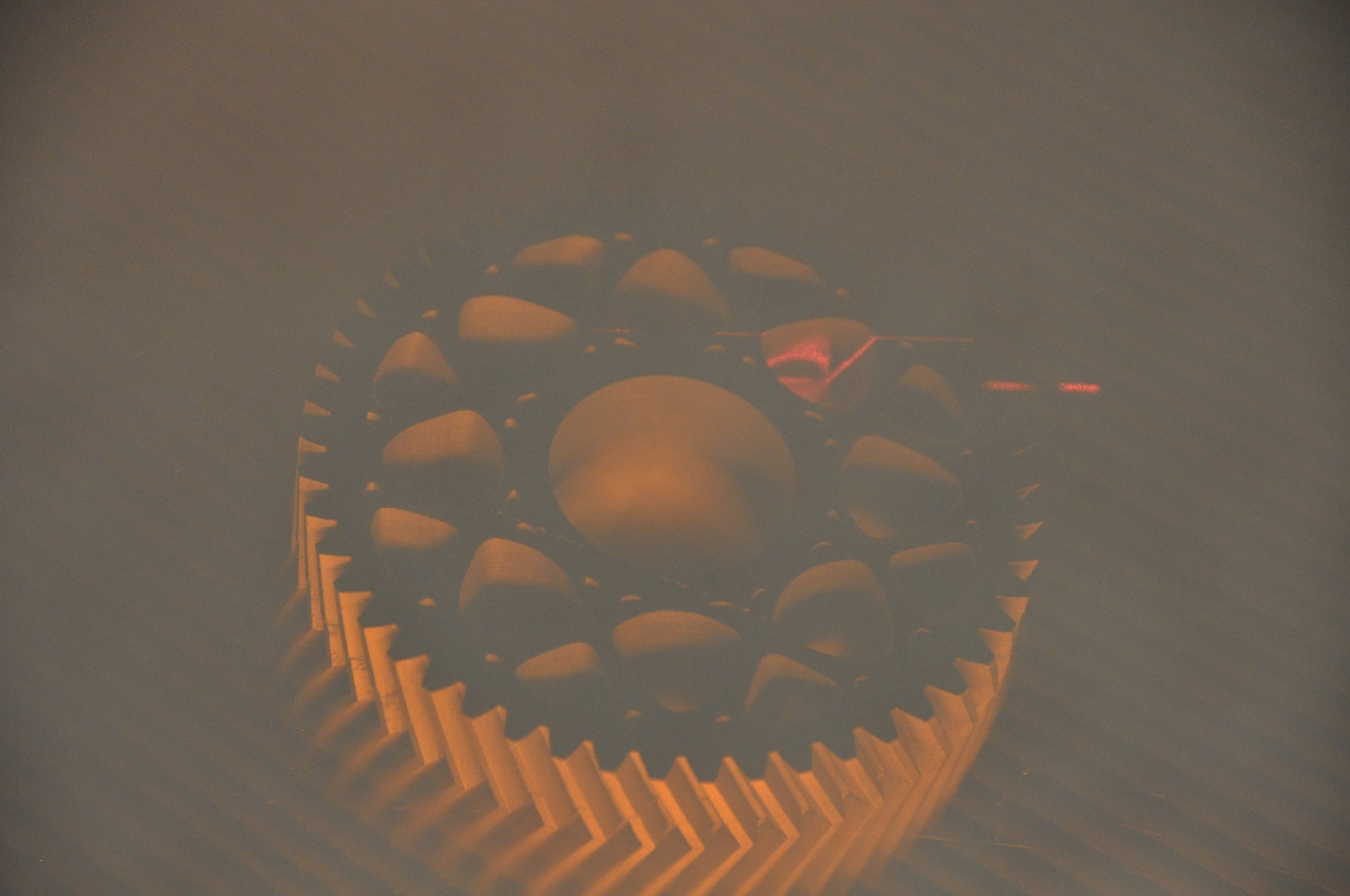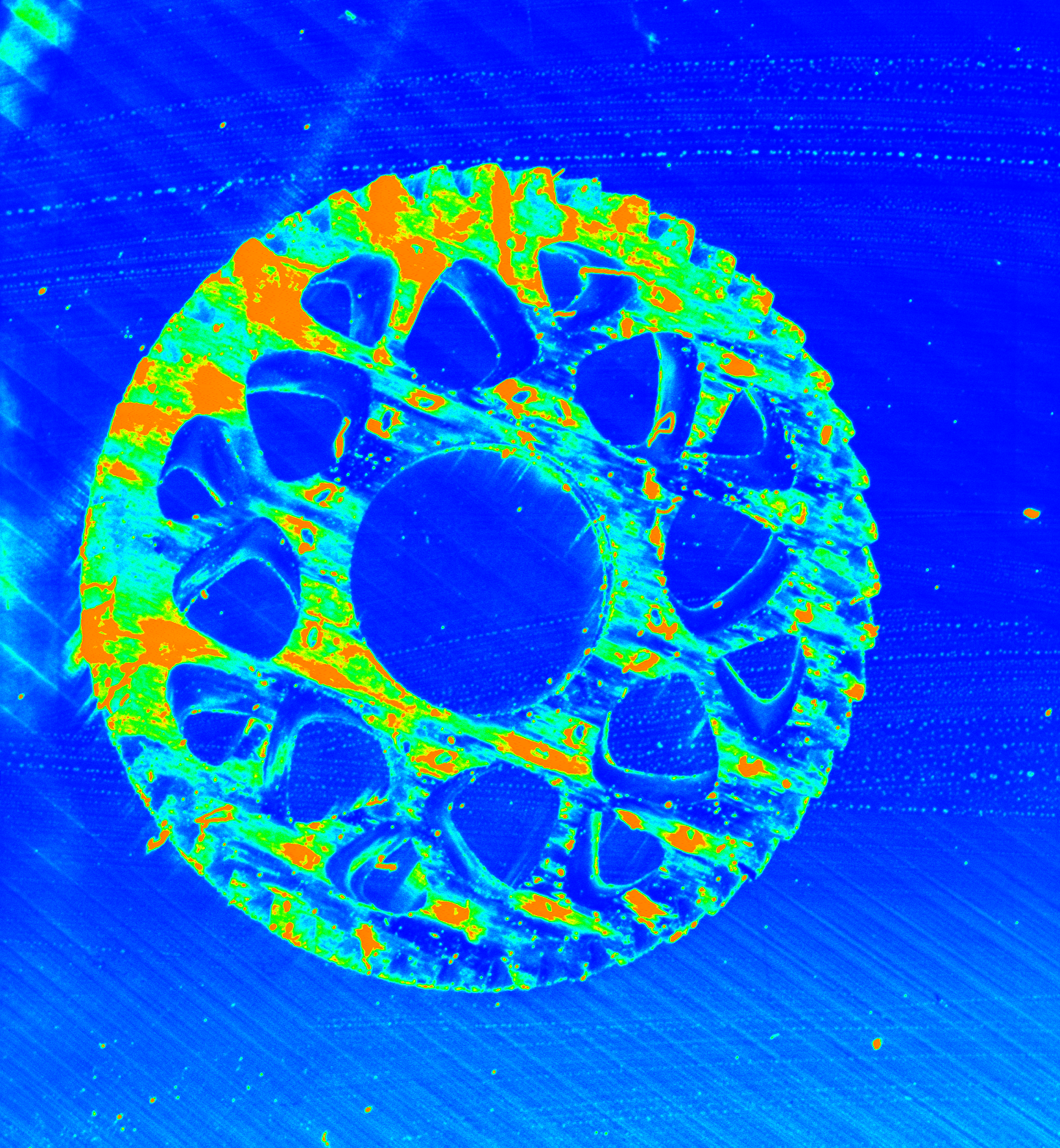Process monitoring in ultrasonic cleaning
The technical cleanliness of components is often of great importance for downstream processing steps. Especially for painting and coating, joining and welding, but also for many measuring methods in quality control, a clean surface is urgently required. Many types of soiling can only be removed inadequately by simple washing processes and blasting processes are sometimes too aggressive, depending on the component properties. The right solution for such cases is often ultrasonic cleaning.
The principle of ultrasonic cleaning is already used in many companies. Often, however, the relationships between the possible process parameters and measured variables are for the most part still unclear. The design of the cleaning processes is often based on the experience of employees working on the cleaning systems. Reliable predictions of cleanliness as a function of the set process parameters are therefore hardly possible to date.

